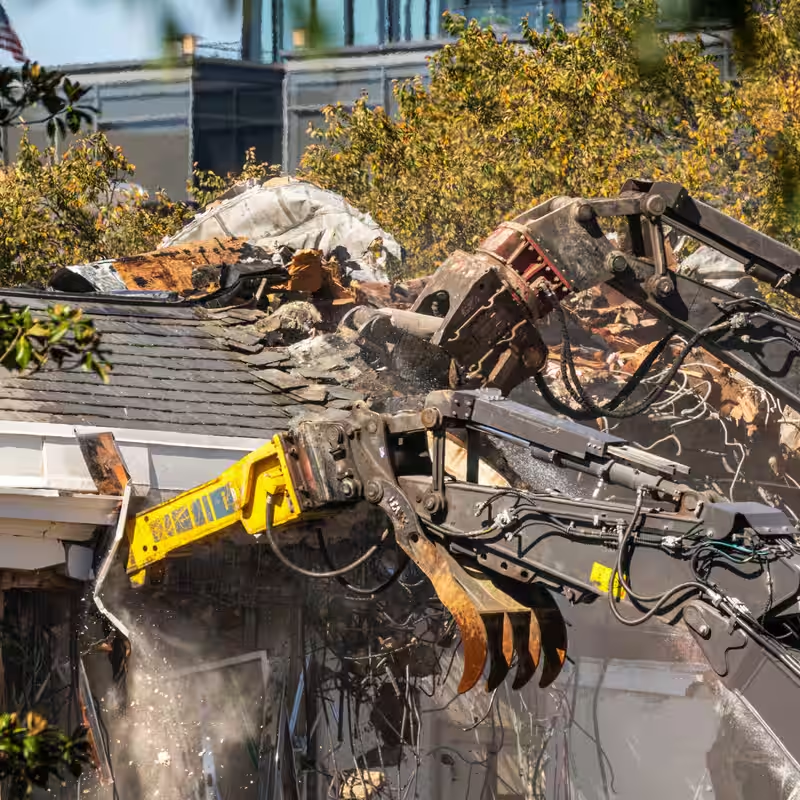Table of Contents
- The Ballroom Project Announcement
- Why Experts Are Alarmed
- A Clash with White House History
- What’s Next for the Project?
- Sources
Trump’s White House Ballroom: A Bold New Vision
In a move that’s drawn both applause and sharp criticism, former President Donald Trump is pushing forward with an ambitious plan to construct a massive new ballroom at the White House. Announced on July 31, 2025, the project envisions a 90,000-square-foot venue capable of hosting up to 900 guests—making it one of the largest additions to the presidential residence in modern history .
McCrery Architects has been tapped as the lead firm, with construction slated to begin in September 2025 . The administration describes the ballroom as a necessary upgrade for state functions, diplomatic receptions, and large-scale ceremonial events that the current East Room can’t accommodate.
Architects Raise Red Flags Over Scale and Speed
While the project promises grandeur, it’s the unprecedented speed and scale that have left preservationists and design professionals deeply unsettled. “This isn’t just an addition—it’s a transformation of a National Historic Landmark,” said one prominent architectural historian, speaking on condition of anonymity.
The Society of Architectural Historians (SAH) issued a formal statement expressing “great concern” over the proposed changes, citing risks to the building’s historic integrity and questioning whether proper review processes were followed . Critics argue that demolishing existing structures—already underway as of October 2025 —without exhaustive environmental and historical impact assessments sets a dangerous precedent.
Key Concerns from the Architecture Community:
- Historic Preservation: The White House is a protected landmark; major alterations typically require years of review.
- Permitting Process: Questions linger about whether emergency or expedited permits bypassed standard protocols .
- Design Harmony: Experts worry the modern ballroom may clash aesthetically with the neoclassical design of James Hoban’s original 18th-century structure.
- Transparency: Limited public disclosure about structural changes has fueled skepticism.
A Departure from Presidential Norms
Historically, White House modifications have been incremental and consensus-driven. The Truman Balcony (1948) and the West Wing expansion (1902) underwent rigorous debate and public input. In contrast, Trump’s ballroom project appears to prioritize speed over deliberation—a hallmark of his administration’s approach to infrastructure.
Supporters counter that the U.S. deserves a world-class venue befitting its global stature. “Other nations have grand state halls—why shouldn’t America?” said a spokesperson for the Trump Foundation.
What’s Next for the White House Ballroom?
With demolition already in progress , the project seems irreversible. If timelines hold, the ballroom could debut in late 2026—just ahead of the next presidential election. Legal challenges from preservation groups are expected but may arrive too late to halt construction.
For now, the controversy continues to unfold on Pennsylvania Avenue, where history and ambition are colliding in real time.
Sources
- The New York Times: As Trump Moves Forward With White House Ballroom Project, Architects Raise Concerns
- Archinect: As White House starts demolition for Trump’s ballroom, architects discuss preservation and permit concerns
- White House Announcement: White House Ballroom Project (July 31, 2025)
- Society of Architectural Historians: Statement on the Proposed Ballroom Addition




